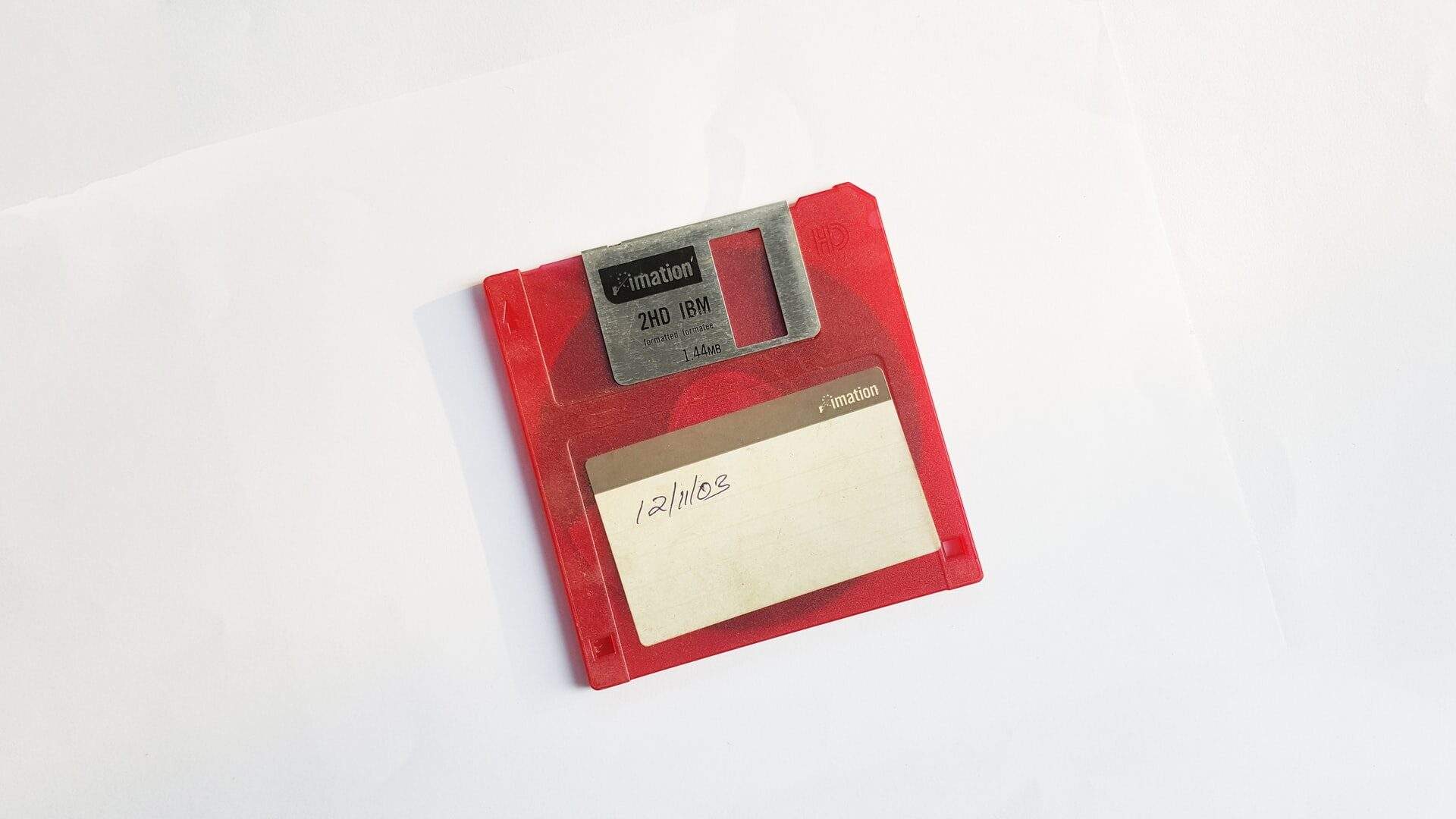
Hacer Preterite Conjugation: Keys to Learning Spanish Irregular Verbs
DATE:
As you’re studying Spanish conjugations, you might notice that the irregular verb Hacer is one of the most difficult verbs to memorize in Spanish grammar.
It’s one of those irregular verbs that doesn’t seem to follow any rules at all and it’s irregular in almost every single conjugation form.
But at the same time, the verb Hacer is also one of the most important verbs to know because it’s so common. This means that if you want to be able to speak Spanish fluently, at some point or another you’re going to need to master the irregular verb Hacer.
That’s why today, we’ll be going over, specifically, how to conjugate the verb in the preterite tense. Afterward, you’ll learn some ways to use this Spanish verb in context, so it’ll be a little easier to memorize.
Present Tense Conjugation
Before getting into the past tense, let’s review the present tense conjugation for the Spanish word Hacer. It’s one of the irregular verbs that change in the yo form of the present tense and since the preterite tense can be a bit tricky, it’s worth reviewing the other forms, too.
|
Subject |
Verb Hacer (To do / make) |
|---|---|
|
Yo |
Hago |
|
Tú |
Haces |
|
Él / Ella / Usted |
Hace |
|
Vos* |
Hacés |
|
Nosotros |
Hacemos |
|
Vosotros* |
Hacéis |
|
Ellos / Ellas / Ustedes |
Hacen |
Here you can see that like many Spanish verbs that end in -cer, the Hacer conjugation in the yo form has a change from C to G. However, it’s a regular verb for the rest of the forms. So luckily, the present tense isn’t too difficult.
Now we’re going to look at the way to form the preterite tense and, unfortunately, it tends to be more difficult than the other tenses.
Did you know…?
Vos is typically only used in parts of South America and Vosotros is typically only used in parts of Spain.
Hacer Preterite Tense
The conjugation for the preterite tense is one of the most difficult ones to remember. Many times, all you can do is simply memorize how to do the conjugations. The good thing with these types of Spanish verbs, though, is that they are incredibly common, so you’ll get a lot of practice!
Hacer conjugation in the preterite tense
|
Subject |
Verb Hacer (To do / make) |
|---|---|
|
Yo |
Hice |
|
Tú |
Hiciste |
|
Él / Ella / Usted |
Hizo |
|
Vos |
Hiciste |
|
Nosotros |
Hicimos |
|
Vosotros |
Hicisteis |
|
Ellos / Ellas / Ustedes |
Hicieron |
As you can see from the chart, there are a lot of different changes to consider. The way to tackle this difficult verb is by simply looking at it step-by-step.
Since most verbs fall into categories of irregular forms, especially for the preterite tense, it’s easy to connect the Hacer conjugation to other verbs. This technique will also help you remember what this word is supposed to look like.
C – Z
The verb Hacer is one of the many verbs that change its structure in order to maintain its pronunciation.
This happens quite frequently when verbs ending in -cer, -car, and -cir are conjugated. This also happens in the reverse with some plural forms. When writing, the following letter sequences make specific sounds:
- CO, CA, CU = /k/
Coche, Caro, and Cursiva all make a /k/ sound, like in English.
- CI, CE = /s/ or /θ/
Ciudad and Centro both make an /s/ sound in most places in the world. But, as an interesting Spanish fact, in most of Spain, they would be pronounced like the TH in Thing.
- ZA, ZO, ZU = /s/ or /θ/
Zaragoza, Pozo, and Azulejo all make an /s/ sound in most places in the world. In most of Spain, they would be pronounced like the TH in Thing.
So, following these rules, we can see why the preterite tense conjugation for the él / ella / usted form changes from a C to a Z. If the Hacer conjugation was ella hico, then it would be pronounced “i-ko” instead of “i-so”.

And since people started speaking Spanish long before it was written down, the Spanish spelling was adapted to reflect the pronunciation.
So if you follow the rules from above, you’ll never have any problems remembering how to spell the word.
Some other verbs that follow the same C to Z in the preterite tense are:
- Deshacer (Undo / fall apart)
- Satisfacer (Satisfy)
E – I
The next important change to remember in the Hacer conjugation for the preterite tense is the change from E to I in all the forms.
Many verbs change from E to I in the preterite tense, but usually only in the third person singular (él / ella) form and the third person plural (ellos / ellas) form.
This change in the Spanish verb conjugation is incredibly common and comes from the evolution from Latin. In Hacer, however, it’s extra irregular because this change happens in the conjugation for every subject in the preterite tense.
The good news is, unlike many other tenses, like the imperfect tense, the preterite has no accent marks at all! So if you have a hard time remembering when to use accent marks, then you’ll have no problem with Hacer.
Other irregular verbs that change from E to I when forming the preterite conjugation are:
- Pedir (To ask/request)
- Medir (To measure)
- Sentir (To feel)
- Preferir (To prefer)
- Hervir (To boil)
Just remember that this happens almost always with verbs ending in -IR, even though Hacer is an -ER verb, it happens here too.

Uses of the Spanish Verb Hacer in the Preterite Tense
Now that you’re a pro at Spanish conjugation in the preterite tense for Hacer, you just have to work at using Hacer naturally in a sentence.
Hacer means to do or to make, so if you need to use those words in English, you can almost always translate it as Hacer. You can even use it when “to make” means “to oblige/force” someone. Let’s look at some common examples of the Hacer preterite tense conjugation in context:
- Ellos no hicieron muchos cambios. – They didn’t make many changes.
- Antes ustedes hacían las tareas, pero ayer no las hicieron. – You all used to do your homework, but yesterday you didn’t do it.
- Ya hice la cama. – I already made my bed.
- Se hizo famoso. – He became famous.
- ¿Qué hiciste ayer? – What did you do yesterday?
As you can see, there are a lot of different examples of how you can talk about Hacer and how you can naturally use it in sentences. Since it’s one of the most common Spanish verbs, you’ll be seeing it a lot.
Luckily, Hacer isn’t very difficult in terms of meaning, so as soon as you learn conjugating it, you’ll be one step closer to mastering the Spanish language.
That’s All for Today!
Whether you need to work on the present tense, the imperfect tense, the future tense, or the preterite, Hacer tends to be a tricky one to get conjugated correctly. So the best thing to do is to keep practicing! So go ahead and sign up for a free private class or a 7-day free trial of our group classes so you can practice what you learned!








